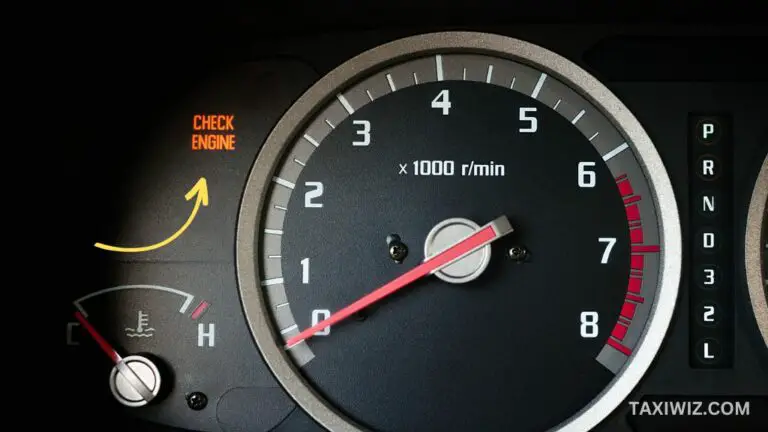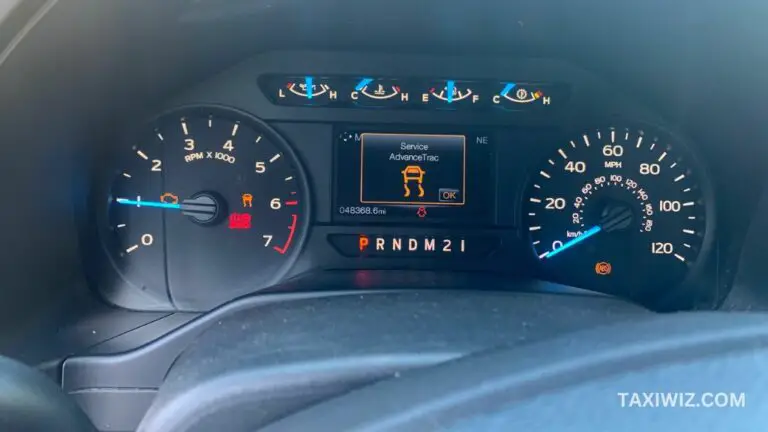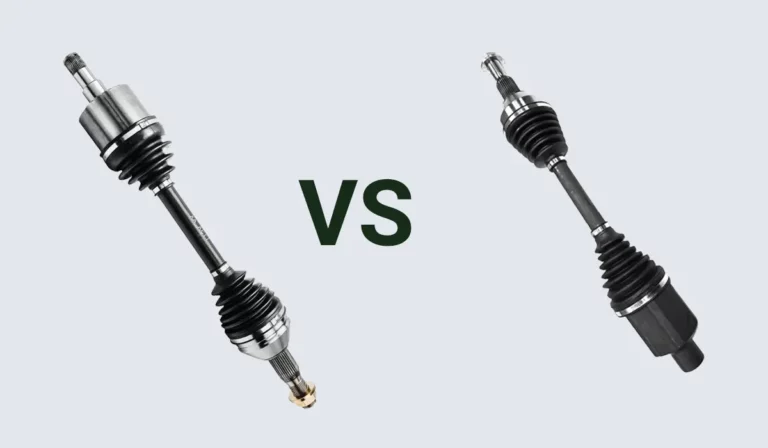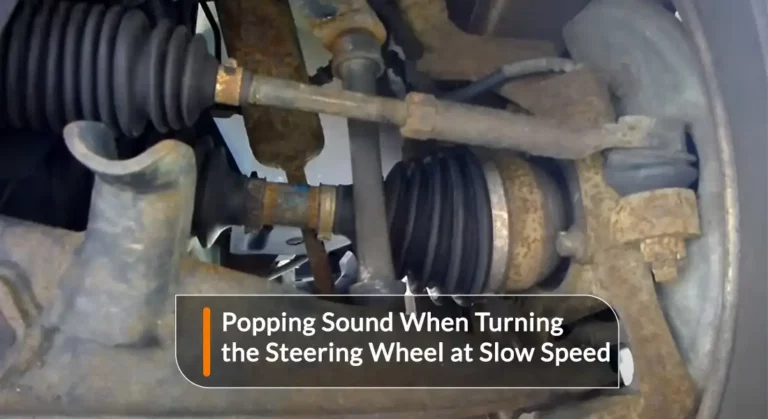What Should RPM Be When Starting a Car?
If you want to have the perfect start for your vehicle, then RPM is a factor that you just can’t ignore. But what should RPM be when starting a car?
This varies from one vehicle model to another. Usually, the RPM will be higher when you start your car engine compared to the RPM when the engine has settled down.
There are two types of RPM based on transmission type. Generally, the standard RPM for a vehicle would be:
- For automatic transmission, around 800 to 1200 RPM at the start
- For manual transmission, around 500 to 1500 RPM at the start
Keep in mind that these numbers can change depending on various factors.
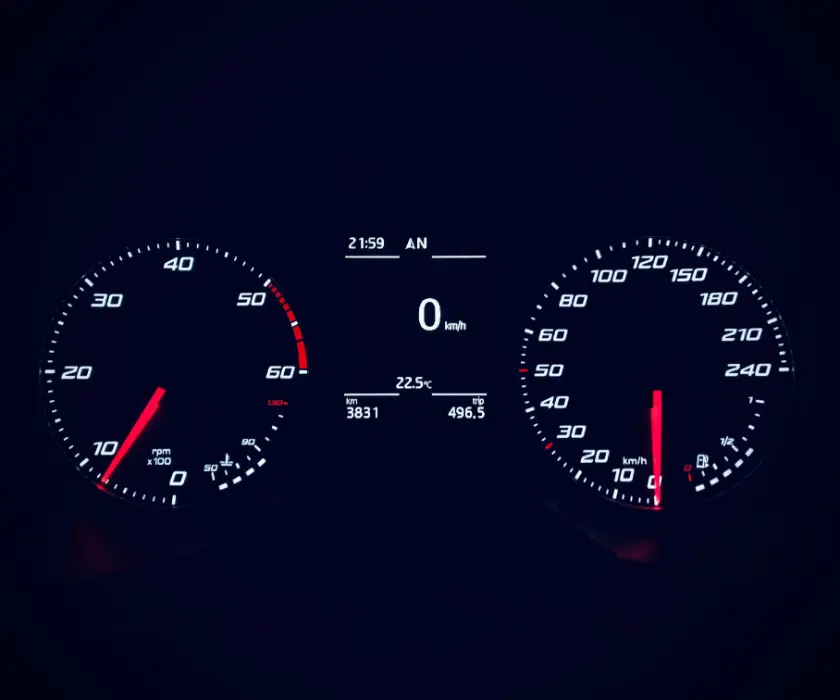
Starting RPM for Automatic Transmission
As mentioned earlier, the starting RPM varies from automatic transmission to manual transmission.
Cars with automatic transmissions are designed with an intelligent Engine Control Unit (ECU) that automatically selects the best RPM for a smooth startup.
The ECU constantly monitors various engine parameters, like sensor outputs, temperature, cooling system, and others.
After gathering the necessary information, it adjusts the throttle position accordingly. This ensures that the engine starts smoothly and maintains a controlled RPM.
The recommended RPM range for optimal performance on automatic transmission typically falls between 800 and 1200 RPM.
Here’s why this range is specifically best-suitable for automatic transmission cars:
Smooth Engagement
Automatic transmission heavily relies on fluid coupling or torque converters to transmit power from the engine to the wheels.
Operating within the recommended RPM range guarantees optimal engagement from the engine to the transmission system.
This also ensures that the torque converter properly transmits power. This prevents jolts or jerky movements when shifting gears.
Fluid Circulation
The recommended RPM range during startup ensures proper circulation of transmission fluid. The fluid plays a vital role in cooling, lubricating, and ensuring the smooth operation of the transmission system.
Operating within this range allows the transmission fluid to flow effectively, contributing to the longevity and optimal performance of the transmission.
If the proper range isn’t followed, then the cooling rate can go down, which ultimately will lead to engine troubles.
Torque Converter Operation
Automatic transmissions employ a torque converter, which is responsible for transmitting engine torque to the transmission.
This torque converter heavily relies on utilizing the proper RPM range. Maintaining the proper range helps maximize power delivery & fuel efficiency.
It also helps to minimize pressure & wear on the torque converter & related components.
Control and Stability
A vehicle with automatic transmission heavily relies upon the help of ECU. And staying within the recommended RPM range allows the ECU to adjust the throttle position correctly.
This ensures a smooth and controlled start and prevents excessive wheel spin or unnecessary strain on the drivetrain leading to strong stability and safety.
Starting RPM for Manual Transmission
As the name suggests, the driver manually selects the appropriate gear based on the current driving conditions in a car with a manual transmission.
The engine’s RPM is a key factor in determining when to shift gears. For this type of vehicle, the RPM typically falls within a range of 500 to 900. But this range can go up to 1500 to 2000 in some cases.
This ensures the engine remains stable while the vehicle is stationary and a smooth transition between gears.
This range is suited for the following reasons:
Smooth Clutch Engagement
In manual transmissions, the driver is required to manually engage & disengage the clutch during the gear shift.
Operating on the recommended clutch ensures that it is easier to shift gears without an excessive clutch. This allows the car to witness less wear or jerky movements.
Reduced Engine Load
Lower RPM at idle means less stress on the engine components, including the pistons, crankshaft, and bearings.
Maintaining the ideal RPM range ensures the engine faces less pressure and wear over time. This will lead the car’s engine to have improved longevity and overall reliability.
Fuel Efficiency
When the engine runs at a lower RPM, it consumes less fuel compared to higher RPM ranges ensuring better fuel efficiency & a lower operating cost.
Reduced Noise and Vibration
If you want a quieter experience while driving your manual transmission-based vehicle, then the ideal RPM range is a perfect choice.
Consistent Engine Temperature
Operating the engine at a lower RPM during idle helps maintain a consistent engine temperature, preventing excessive heat buildup and ensuring that the cooling system functions effectively.
Easier Startup
When the engine runs at a lower RPM during idle, starting the car from a standstill requires less effort.
This makes it easier to release the clutch smoothly and gradually engage the engine power when moving off.
Factors Influencing the Starting RPM
Sometimes you may have to go over or under the recommended RPM level based on the following factors:
Ambient Temperature
The ambient temperature plays a significant role in determining the starting RPM.
In cold temperatures, the engine oil gets thicker, increasing the resistance of the moving parts.
To compensate for this, the ECU will require to increase the starting RPM so that the engine can warm up properly.
Engine Temperature
The temperature of the engine itself significantly affects the starting RPM.
When the engine is cold, you will need a higher RPM for proper fuel combustion. But the RPM needs to be lower when the engine is warmed up.
Battery Voltage
If the battery has a low charge, it will not provide enough power for the starter motor. This will result in a slower engine cranking speed and a lower starting RPM.
Fuel and Air Mixture
You may have to lower the RPM if there is an issue with the fuel system or the air intake.
The ECU will adjust the fuel & air intake to find the optimal combustion ratio. And for that, RPM change is necessary.
Engine Sensor Inputs
Sensor inputs, like the coolant temperature sensor or throttle position sensor, help to determine the starting RPM for automatic transmissions.
These sensors send important data about the engine’s operating conditions, which allows the ECU to provide the best RPM solution.
Why Getting the Right Starting RPM is Important?
Getting the right starting RPM is important for the following reasons:
Getting a Smooth Engine Start
Finding the right RPM amount allows the engine to fire up smoothly without any hesitation or rough idle. This helps prevent stalling and provides a more comfortable and pleasant driving experience.
Ensures Optimal Fuel Combustion
The starting RPM affects the air-fuel mixture and combustion process in the engine.
If the RPM is too low, the fuel may not burn efficiently, leading to incomplete combustion and wasted fuel.
On the other hand, if the RPM is too high, it can result in excessive fuel consumption.
For these reasons, getting the right starting RPM is a must as it helps us to achieve optimal fuel combustion, maximize fuel efficiency, and reduce emissions all at the same time.
Smooth Gear Shifts
In automatic transmission cars, the starting RPM can influence gear shifts. If the starting RPM is too low, it may result in sluggish acceleration and delayed gear changes.
Getting the right starting RPM ensures smooth and responsive gear shifts, enhancing the overall driving experience.
Promotes Proper Clutch Engagement
In manual transmission cars, the starting RPM is crucial for clutch engagement.
Unless you want to face a jerky and wobbly driving experience, releasing the clutch at the right time is necessary. And following the ideal starting RPM sets you up for that perfectly.
Guarantees Optimal Engine Performance
Starting the engine at the recommended RPM allows the engine to reach its optimal operating conditions more quickly.
This ensures that all engine components, such as the pistons, crankshaft, and valves, are working in sync, providing optimal power and torque output.
When all of these components start to work together in sync, you should be able to enjoy the full capacity of your vehicle’s engine.
Contributes to the Overall Vehicle Health
A smooth and controlled startup reduces stress on engine components, such as the starter motor, battery, and drivetrain.
Consistently starting the engine at the correct RPM helps prevent unnecessary wear and extends the lifespan of these components.
Frequently Asked Questions [FAQs]
Should I rev the engine when starting my car?
No, it’s generally not necessary. Avoid excessive revving, as it can be harmful to the engine.
Can a low RPM at startup indicate a problem?
Yes, a consistently low RPM during startup could indicate an issue, such as a weak battery, a faulty sensor, or a problem with the fuel system.
What if my car’s RPM stays high after starting?
If your car’s RPM remains elevated for an extended period after starting, it could indicate a problem with the idle control system or a malfunctioning sensor.
Is it normal for RPM to fluctuate during startup?
Yes, it’s relatively normal for RPM to fluctuate slightly during startup, especially in colder weather or when the engine is cold.


![Where Is the Starter Located On A Car? [Answered!]](https://taxiwiz.com/wp-content/uploads/2023/07/Where-Is-the-Starter-Located-On-A-Car-768x432.jpg)
